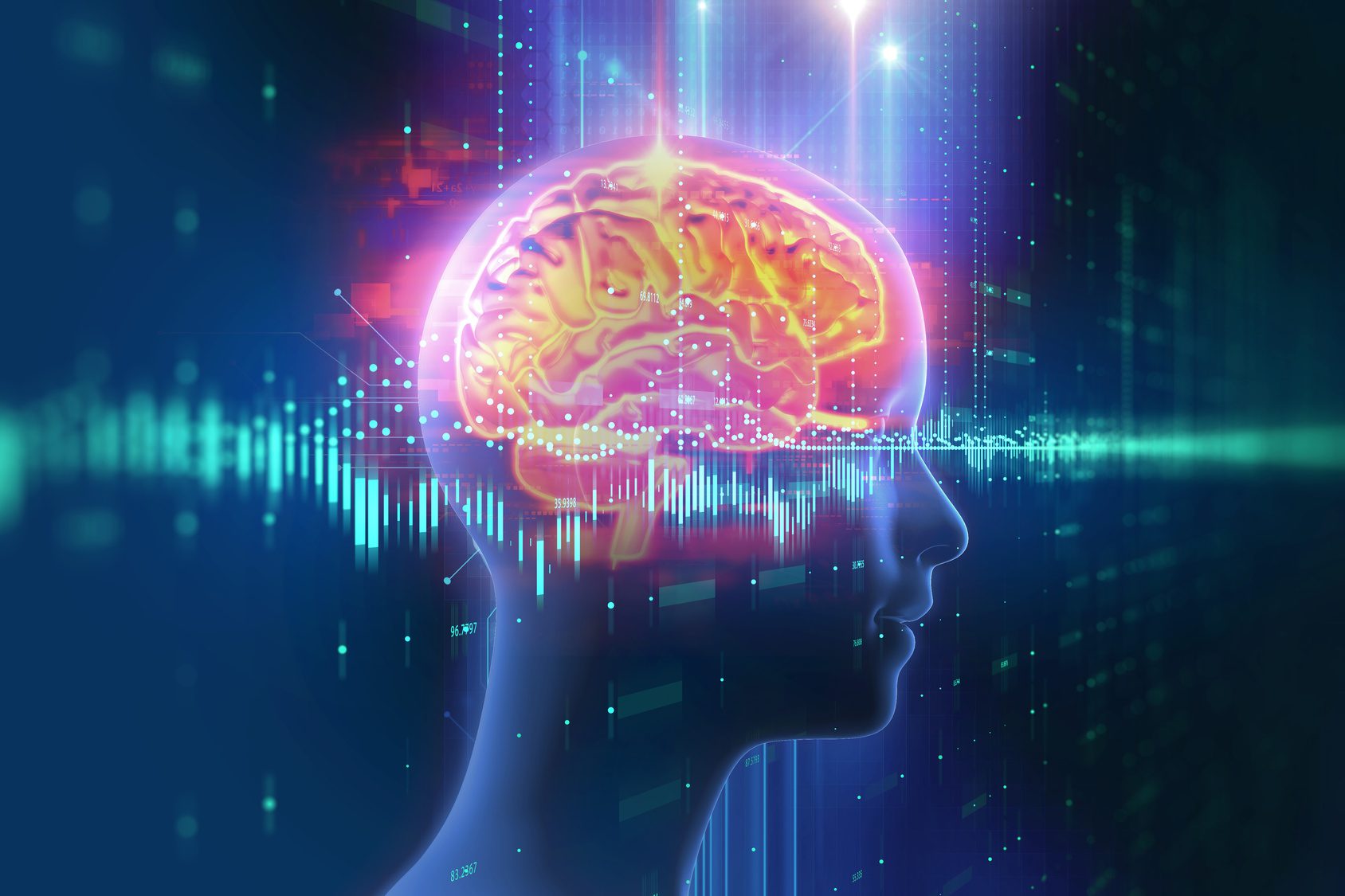Not long ago, identifying credit card fraud required a mostly manual effort. Computers could be programmed to identify significant discrepancies in transaction databases – for example, an extremely expensive purchase from another country – but that was about it. A human still needed to comb over the data and decide if the transaction was fraudulent.
While human intervention will probably never fully disappear, technology over the past decade has advanced significantly as to what can be automated and what requires manual intervention in the service of fraud detection and prevention.
This is due to advances in machine learning over the past decade, with this technology has been gradually integrated into the business world as data becomes much more prevalent.
What Is Artificial Intelligence?
Artificial Intelligence is an all-encompassing term that can be broken down into three core elements. Each element can be used individually or part of a greater holistic system depending on the application.
Big Data: Big Data refers to the measuring and tracking of metrics in an automated high-volume way. A simple example is website analytics – things like visitor arrival time, duration of stay and IP location, all processed into a single-source database for reporting across the platform. Big Data like this works across the customer/product/service life cycle to gather metrics on nearly every variable.
Machine Learning: Machine learning presents a system to sort data into patterns and models across various algorithms. As data is processed, traits and elements are identified which then fine-tune algorithms for further detail. Thus, machine learning continuously learns without being explicitly programmed and identifies patterns to predict outcomes.
Neural Net: Modeled after the human brain’s neural network, Neural Nets power artificial deep learning (different from machine learning). Neural Nets are based around one central algorithm for analyzing incoming data. This works to draw conclusions, even when there are limited or disparate elements available, delivering decisions and results akin to what we consider human intuition.
How AI Impacts the Payment Industry
AI is in our everyday lives, even though most people don’t realize it. Does Alexa know your schedule? Does Siri know your favorite morning playlists? That knowledge is achieved using the same machine learning technology that can power fraud detection. In the end, it all boils down to processing data and recommending decisions for you.
In the payment industry, the three areas most affected by this are:
Customer Protection: Every single transaction that is processed via electronic payment – be it credit card, debit card, mobile device payment, etc. – is assessed for approval or disapproval. This is the primary protective gate against fraudulent purchases. In the world of AI, the decision to approve or disapprove – thus, judging if the transaction is authentic or suspicious – uses AI elements.
- Big Data: Each customer’s purchases provides data regarding common purchases, common shopping times, common locations and other information.
- Machine Learning: This data is processed to identify patterns and anomalies in behavior for spending and shopping.
- Neural Net: When a purchase doesn’t fit into these patterns, Neural Nets can assess the transaction and make a judgement regarding authenticity.
By using AI tools for customer protection, fraud prevention is faster and easier than ever before. In fact, 65% of financial institutions note that machine learning is a top priority investment for fraud use cases. As AI improves, this number will only increase.
Customer Relationships: A few decades ago, the customer relationship used a wide-net approach, sending mass mailings and making phone offerings. There may have been some sorting via collected demographics but all data was manually processed, so it remained simply impossible to create a truly customized relationship. Today, the immense processing power and cutting-edge technology of AI can strengthen the customer relationship.
What offers are relevant for a customer? What features will they need? Are they a regular travelers? This type of information can quickly be processed and identified by AI. Consider that 64% of US consumers use mobile devices to manage their accounts and 80% use branches for a range of services. By integrating and processing data across channels, knowledge member behavior can drive ways to improve the customer experience – and deliver what customers really want.
Customer Service: Customer service can be frustrating when it involves endless phone trees or circular web paths. AI can streamline all of this. The power of AI to support operational processes means more accurate automated responses to repeated customer-service issues – which makes the overall service and support workload much more efficient and enables staff to focus their time and energy on other duties.
This creates an increasingly welcoming and streamlined service process for the customer – making for a happier customer. No one likes waiting for customer service, especially if it’s involved with payments and fraud.
AI For Now and the Future
While the financial industry may be one of the oldest and most traditional, the cutting-edge of technology has allowed it to bring new insights and further advancements for the digital age. The result: more efficient tools to fight fraud, better marketing and more efficient operations.
It’s still not perfect – 39% of credit card users experienced having a transaction questioned or blocked by their financial institution, and 68% of those saw least one valid transaction blocked/questioned. This speaks to the industry’s need to continuously improve risk tolerance and fraud strategies. This will funnel back into any organization’s level of customer satisfaction, thus driving revenue, pricing and service offerings. For today, AI is just becoming part of the payments process, but for tomorrow, AI represents an opportunity to support your overall strategy, vision, and customer experience.
Patrice Lee is Senior Product Manager for CO-OP Financial Services (www.co-opfs.org), a provider of payments and financial technology to credit unions, and developer of the COOPER machine learning platform.










